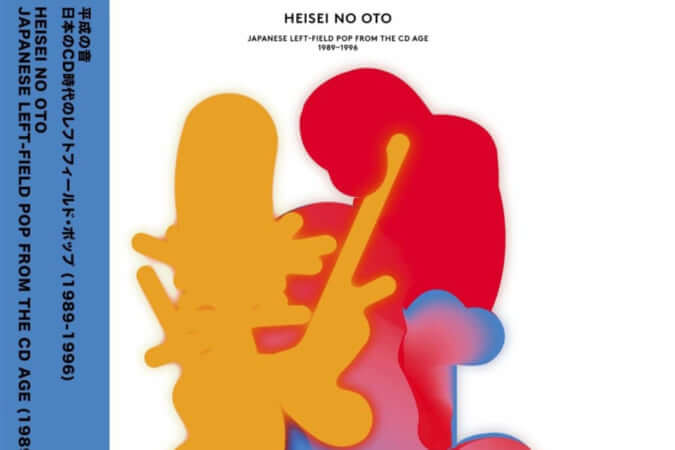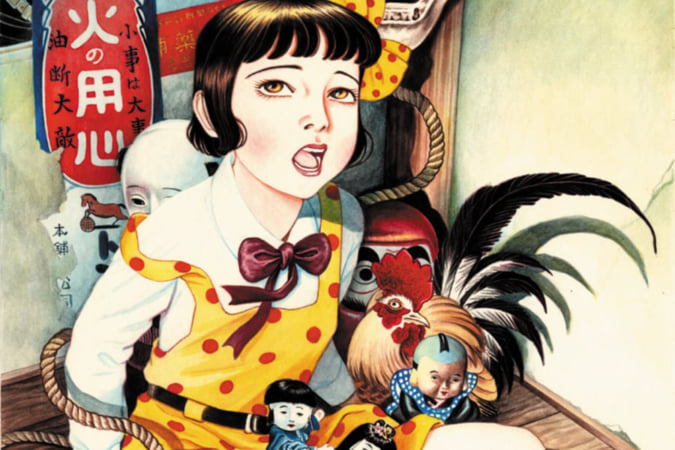Issei Suda’s ‘Family Diary’, A Distant Look at Daily Life
For two years, he photographed his family using a Minox, a tiny camera notably employed by intelligence agencies.

© Issei Suda
‘They were nothing more than insignificant moments in our daily schedule, yet the gaze I cast upon this family intimacy—of which I was also a part—turned me into an outside observer at the same time.’ With these words, photographer Issei Suda sums up the work he carried out between 1991 and 1992, later compiled into the book Family Diary. Over these two years, he captured his everyday life, centered primarily around his wife, daughter, and their dog.
Born in Tokyo in 1940, Issei Suda studied at the Tokyo College of Photography, graduating in 1962. After working as a set photographer, he became an independent photographer in 1971. A keen chronicler of urban life and the everyday, he created several acclaimed series, including His & Her and Passing Summer, establishing black-and-white photography as his medium of choice. He passed away in 2019.
Sending Time Into the Past
Although Family Diary is a collection of daily life snapshots, this was not Issei Suda’s initial intent. He had originally planned to embark on a series capturing urban landscapes, primarily in Tokyo and Taiwan. ‘But I quickly realized that my lens was infiltrating my living spaces and that, through the viewfinder of my Minox, it was actually my family life that my eye was observing,’ he explains in the book’s epilogue.
Family Diary reveals a life composed of celebrations, moments of tears, shared meals, and walks in nature. Portraits of his wife and daughter are interspersed with occasional self-portraits. The city is barely present—his family always takes center stage, pushing the background into near obscurity. The images were taken with a Minox, one of the smallest cameras on the market, created in 1937 and primarily used by intelligence services during World War II and the Cold War. The result is a black-and-white series with a rough grain that, according to Issei Suda, ‘seems to send this time into the abyss of the past.’
Family Diary (2021), a photography book by Issei Suda, published by Chose Commune.

© Issei Suda

© Issei Suda

© Issei Suda

© Issei Suda

© Issei Suda

© Issei Suda
TRENDING
-
The Tattoos that Marked the Criminals of the Edo Period
Traditional tattoos were strong signifiers; murderers had head tattoos, while theft might result in an arm tattoo.

-
The Story of Sada Yacco, the Geisha who Bewitched Europe
Described by Dazed magazine as the first beauty influencer, she has been restored to her former glory since 2019.

-
Chiharu Shiota, Red Threads of the Soul
Last year, more than 660,000 people visited the retrospective 'Chiharu Shiota: The Soul Trembles' exhibit at the Mori Art Museum.

-
Japanese Left-field Pop From The CD Age, 1989-1996
‘Heisei No Oto’, a compilation of hidden gems in the unspoken depths of Japanese pop, reveal blissful moment of technological possibility.

-
‘Shojo Tsubaki’, A Freakshow
Underground manga artist Suehiro Maruo’s infamous masterpiece canonised a historical fascination towards the erotic-grotesque genre.





